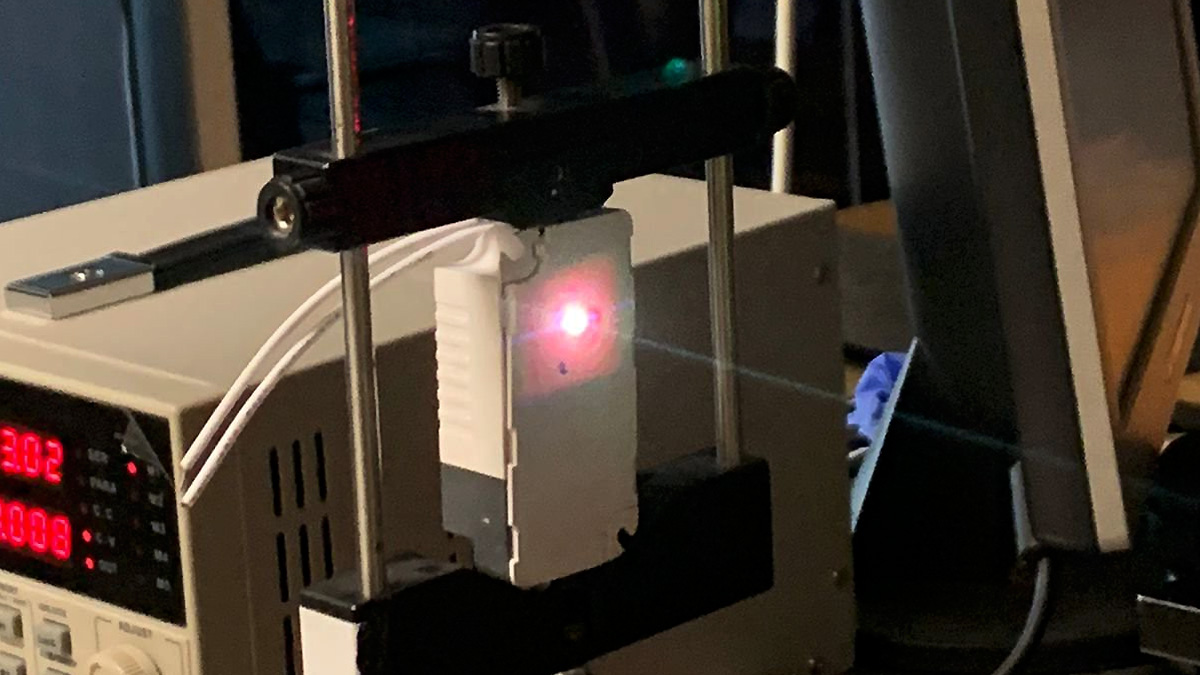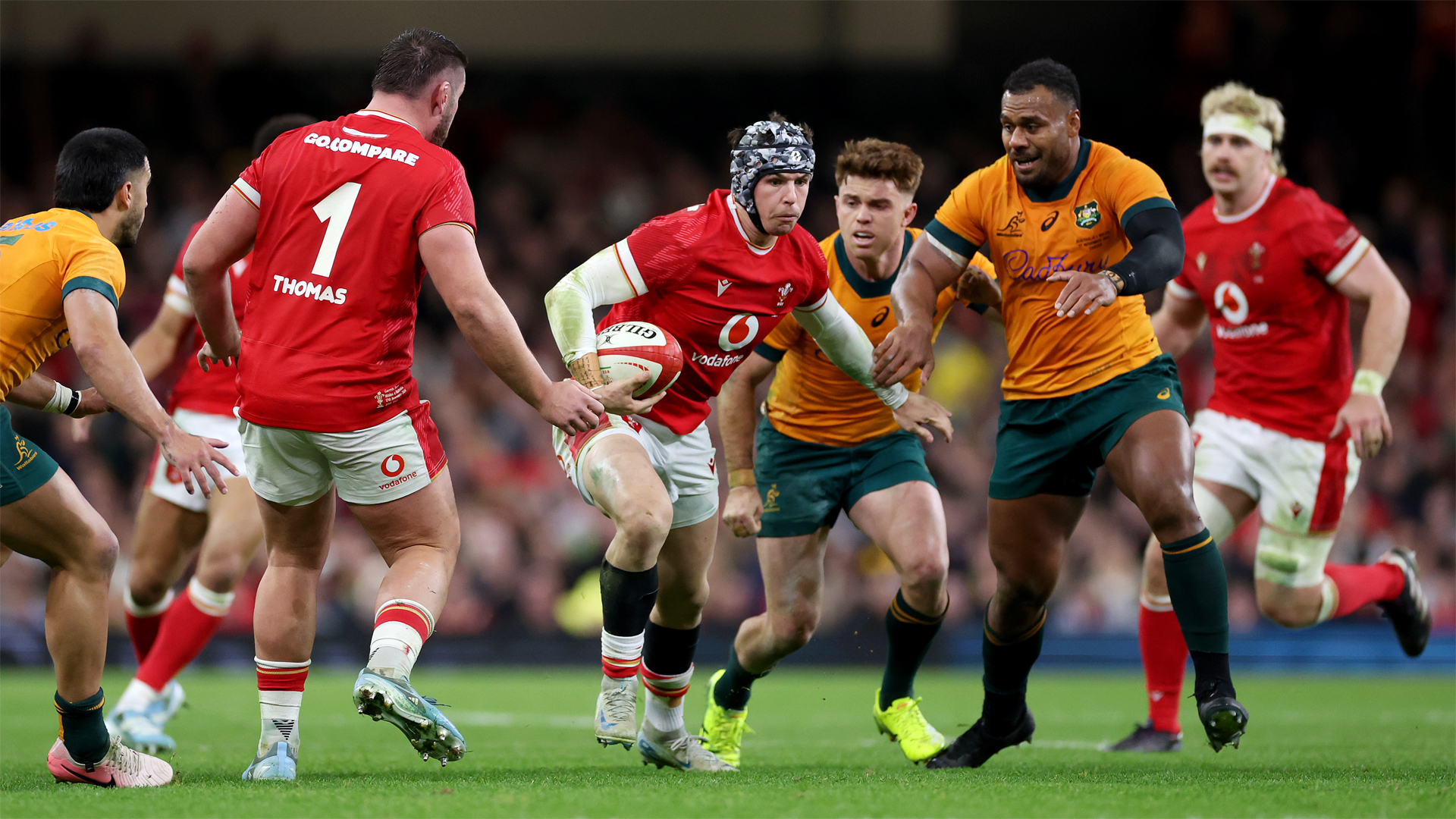
Unity reported that its third-quarter revenues and adjusted profits beat expectations, with revenue falling 2% to $429 million. For the quarter ended September 30, Unity ‘s guidance was for revenues of $415 million to $420 million. Unity’s stock price initially went up in after-hours trading after the report came out, and then it fell again to $21.
95 a share, down 1%. The net loss for the quarter was $125 million, as compared to net loss of $125 million in the third quarter of 2023 and net loss of $126 million in the second quarter of this year. (However, as with many game companies, adjusted financials capture the company’s performance better).
On an adjusted basis, Unity reported its EBITDA (earnings before interest, taxes, depreciation and amortization) were a profit of $92 million, compared to guidance of $75 to $80 million. Adjusted EBITDA for the total company was $94 million in the same quarter last year (excluding customer credits of $37 million as described in a shareholder letter at the end of 2023). Third quarter Create Solutions (Unity’s game engine division) revenue from the strategic portfolio was $132 million, up 5% year-over-year, and up 2% quarter-over-quarter.
The year-over-year increase was driven by a 12% growth in subscriptions revenue, as customers upgraded and renewed at increased prices. The quarter-over-quarter increase was also driven primarily by subscription growth. Grow Solutions (Unity’s advertising division) revenue from the strategic portfolio in the third quarter was $298 million, down 5% year-over-year and up 1% quarter-over-quarter.
Revenue for the total company for the third quarter was $447 million, down 18% year-over-year driven by decreases in Grow Solutions revenue and the portfolio reset. During the third quarter, revenue from the non-strategic portfolio was $17 million, down 84% year-over-year as a result of our portfolio reset. Unity expects revenue from our non-strategic portfolio in the fourth quarter to continue to decline compared to the third quarter.
For the fourth quarter, Unity said it is guiding revenue for its strategic portfolio to $422 to $427 million. The company is guiding adjusted EBITDA to $79 to $84 million. This reflects caution on revenue recovery for the Grow business.
The canceled Runtime Fee price increase In September, after months of listening to customers, partners, and the community, Unity rolled back one of the decisions that forced its previous CEO, John Riccitiello, to resign. Unity’s new CEO Matthew Bromberg announced the cancellation of the Runtime Fee and a reversion to the existing seat-based subscription model (and a traditional price increase) for all gaming customers. Bromberg spoke at our GamesBeat Next 2024 event in a fireside chat with me and our coverage is coming up.
The company introduced pricing increases, effective January 1, 2025, which will apply to all new and existing Unity Pro and Enterprise customers upon purchase, renewal, or upgrade. Since announcing these decisions, Unity said it has seen a positive trend in renewals and an increase in early adoption of Unity 6 . The future financial impact on our Create subscription revenues will be dependent on the timing of renewals and contract negotiations with our Enterprise customers but the company believes that, over time, these pricing changes will help to drive consistent revenue growth in the double digit range for the core subscription business.
In October, the company finally launched Unity 6, the most stable and best performing version of Unity. Unity 6 is designed to enable the creation of better games, built more quickly and more efficiently than ever before. Built, tested, and refined in production environments in partnership with developers, Unity 6 marks a shift in how Unity will approach the development cycle moving forward.
The key will be in maintaining a better and more consistent feedback loop that will ensure Unity delivers tools that make a tangible difference for customers every day. Some of the new features in Unity 6 include end-to-end multiplayer workflows that speed development of connected games; tools that enable developers to reach even more players by targeting mobile web; and with new graphics capabilities that move workloads from the CPU to the GPU, Unity has seen CPU computation time improvements of up to four times, dropping from from 40 milliseconds to 10 milliseconds per computation in internal stress tests. Bringing cross-platform 3D visualization to market segments outside of gaming is a major focal point of the strategy, and remains the fastest growing segment of the subscription business.
Unity is beginning to achieve global scale through partnerships with global system integrators (GSIs), distributors and value-added resellers (VARs) in every region. New Unity customers in the quarter include Dutch airline KLM and Deutsche Bahn, the national railway company of Germany. KLM used Unity to build a VR cockpit training application.
Deutsche Bahn used Unity to build guided customer experiences in AR to help passengers navigate transit changes, and created VR environments for staff training that include a fire safety training simulator for train operators and a railway interlocking system training. The pace of product releases in the Grow business also accelerated, highlighted by efforts to increase the scale and quality of users acquired, fine tune automated ROAS campaigns on our ad networks, and build diversity and effectiveness of ad placements. Unity also continued to invest in the Ad Quality product, which gives publishers critical transparency into how the ads running inside their apps and games impact user engagement, and the tools to immediately shut off those that are having a negative impact.
All of this work continues alongside the more fundamental data infrastructure and machine learning work being prepared for a 2025 launch. Outlook Unity is raising guidance for the full year due to better than expected performance in Q3, with full year revenue guidance for the strategic portfolio now at $1.703 billion to $1.
708 billion compared to $1.68 billion to $1.69 billion previously.
Adjusted EBITDA is expected to be $363 million to $368 million, compared to $340 million to $350 million previously. In a statement, Bromberg said the entire gaming ecosystem functions better when Unity is delivering on its commitment to provide developers and publishers what they need to make and market great games. “While we’re just at the beginning of our journey to transform the company, we’re energized by our progress and the response from our customers and the community,” he said.
“The opportunity is clear, the market wants us to succeed, and we believe we have everything we need to deliver consistent, sustainable growth and profitability in the years ahead. As always, our deepest gratitude goes out to our customers, partners, employees, and investors for their unwavering support.” Unity also hired Jarrod Yahes as the company’s new chief financial officer.
Unity also recently hired Jim Payne as chief product officer for advertising and Alex Blum as senior vice president of corporate development. In a call, Bromberg said that AI will speed the development process and he said on the ad side, Unity will be able to deliver insights that no one else can. Stay in the know! Get the latest news in your inbox daily By subscribing, you agree to VentureBeat's Terms of Service.
Thanks for subscribing. Check out more VB newsletters here . An error occured.
.














